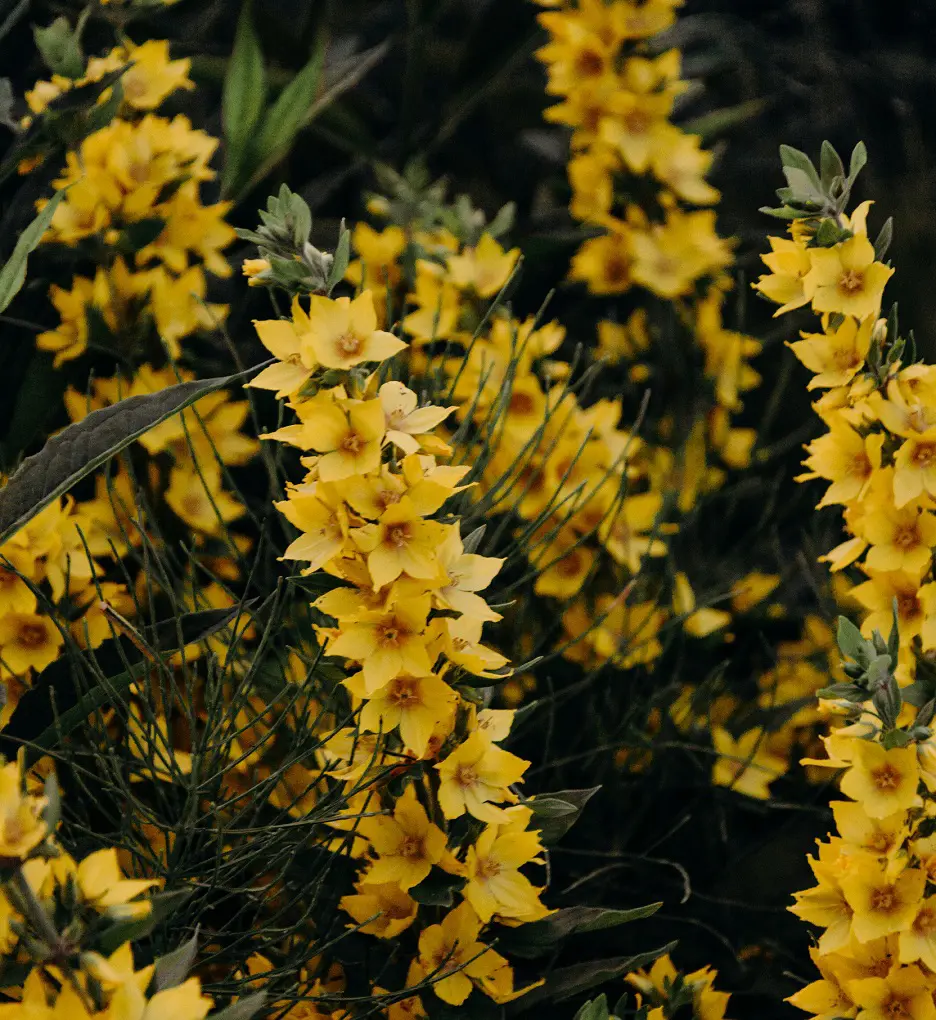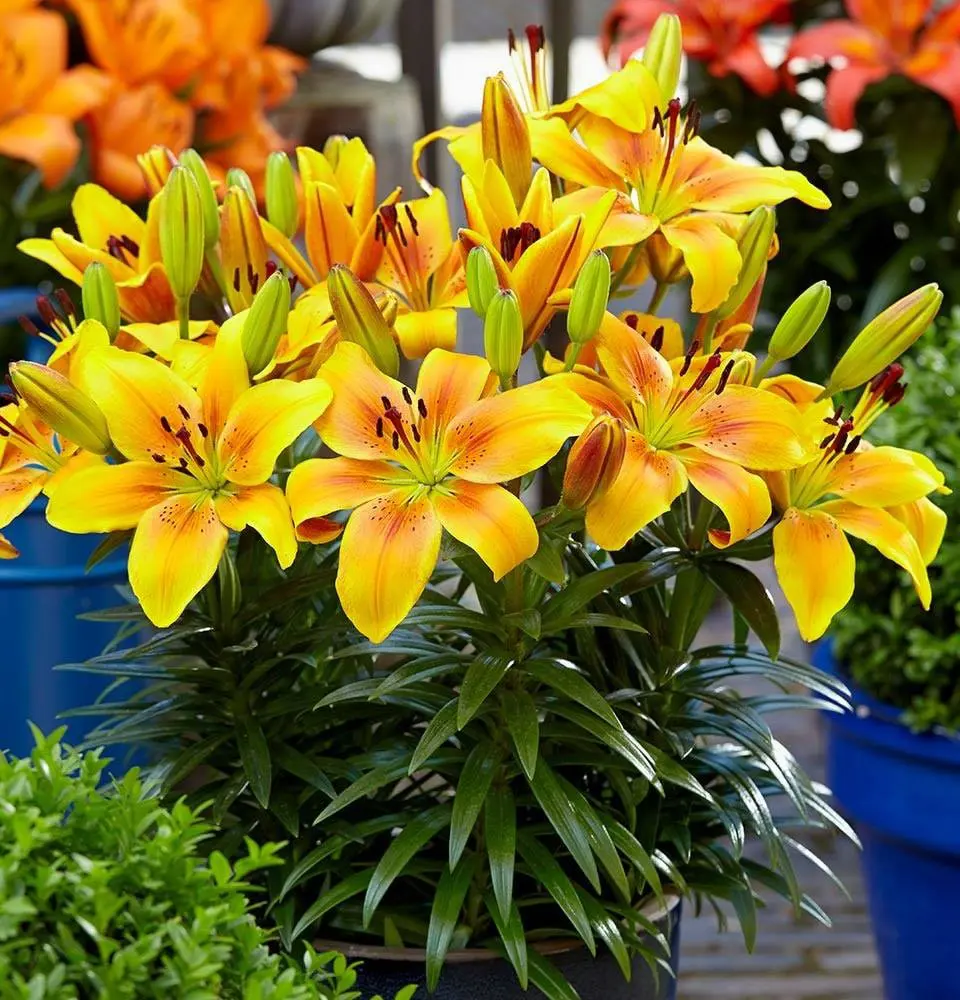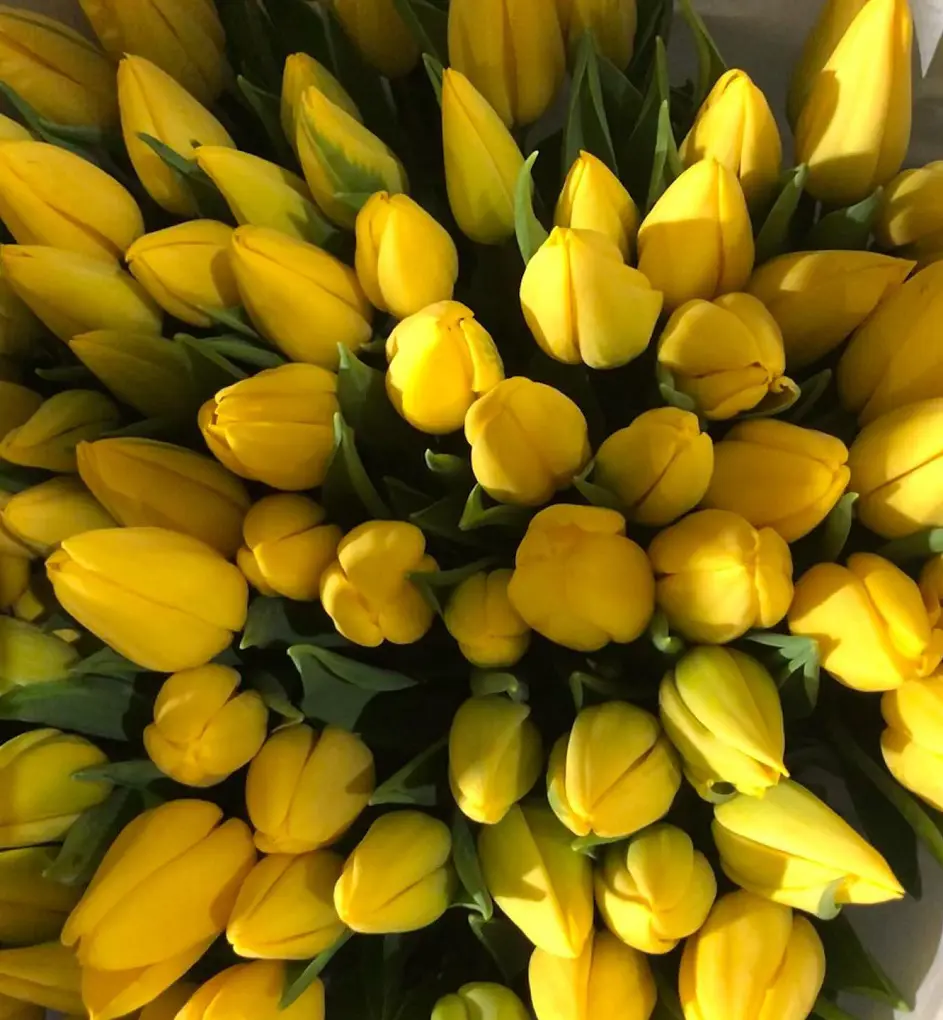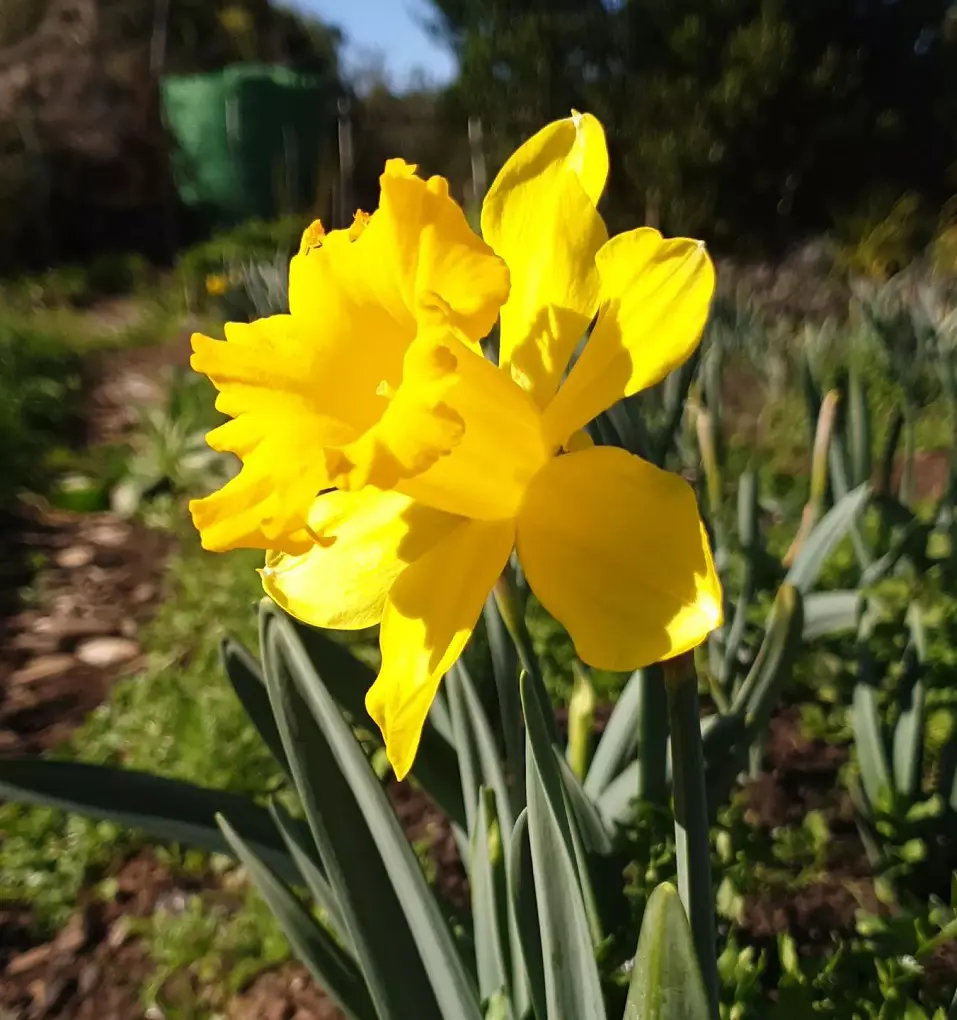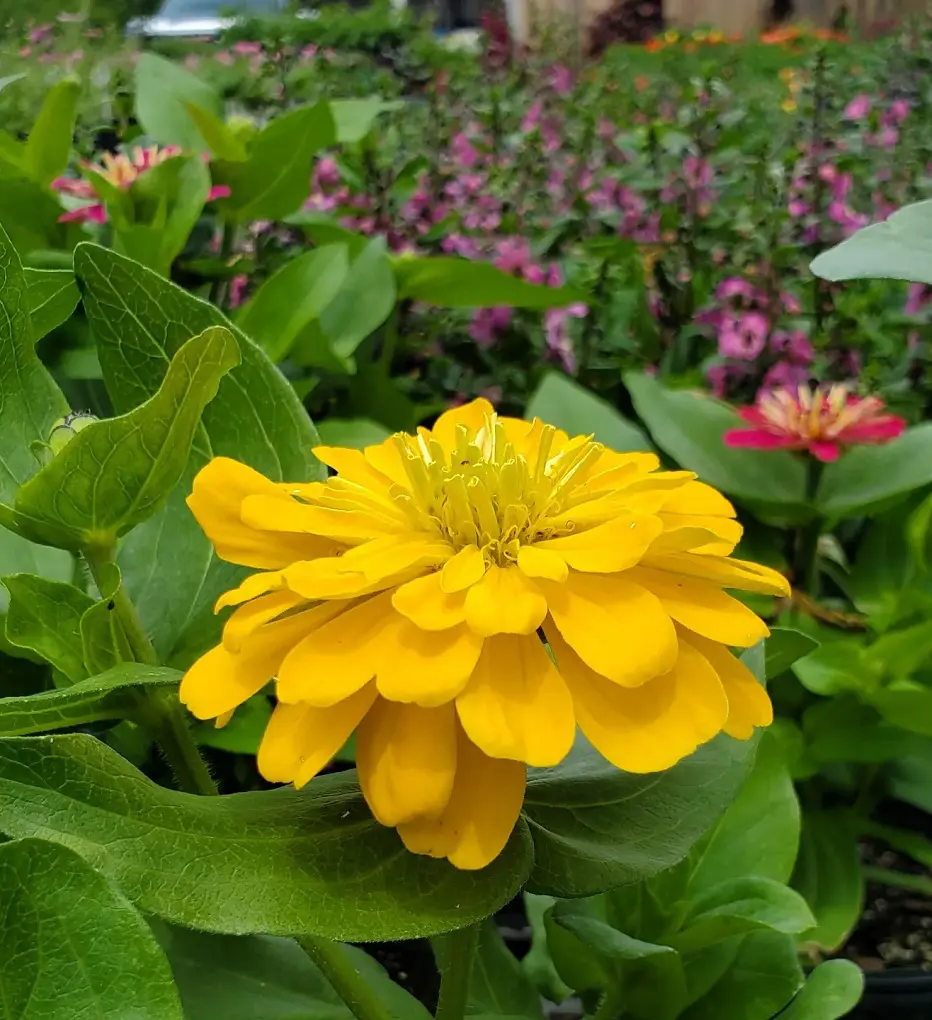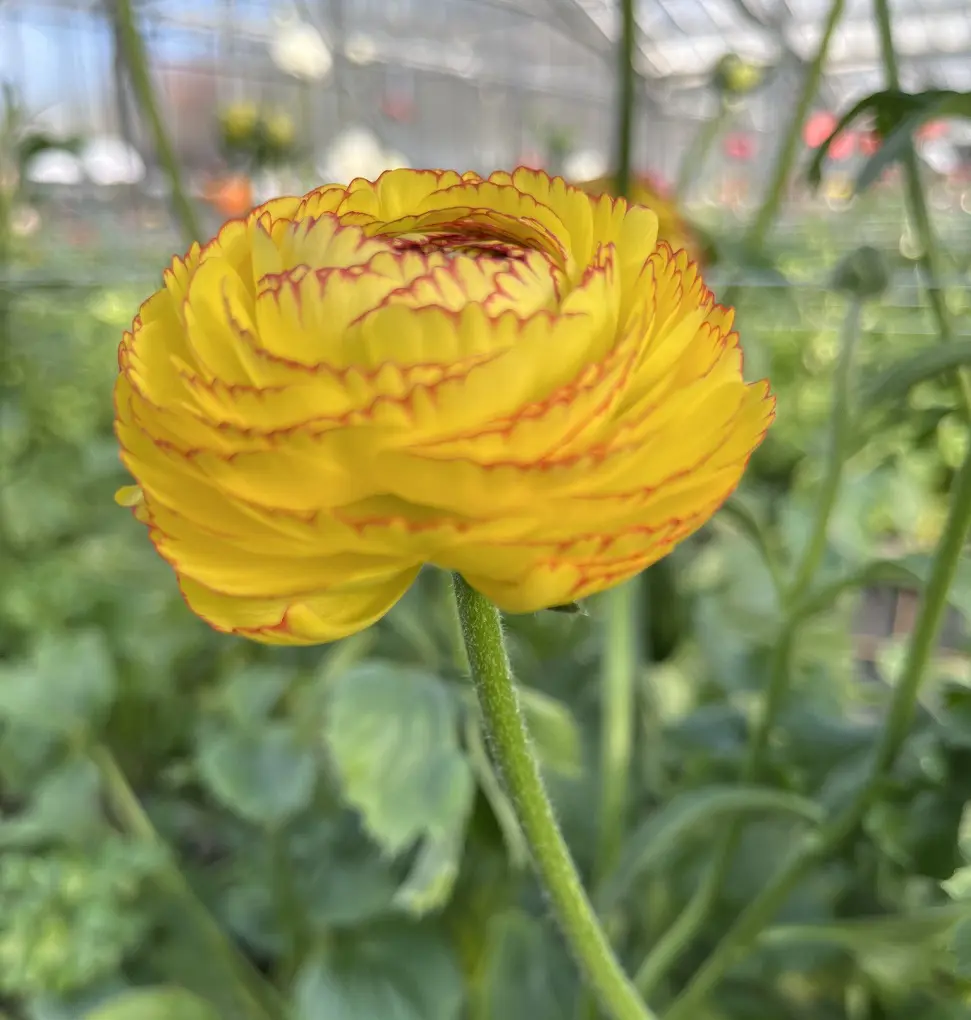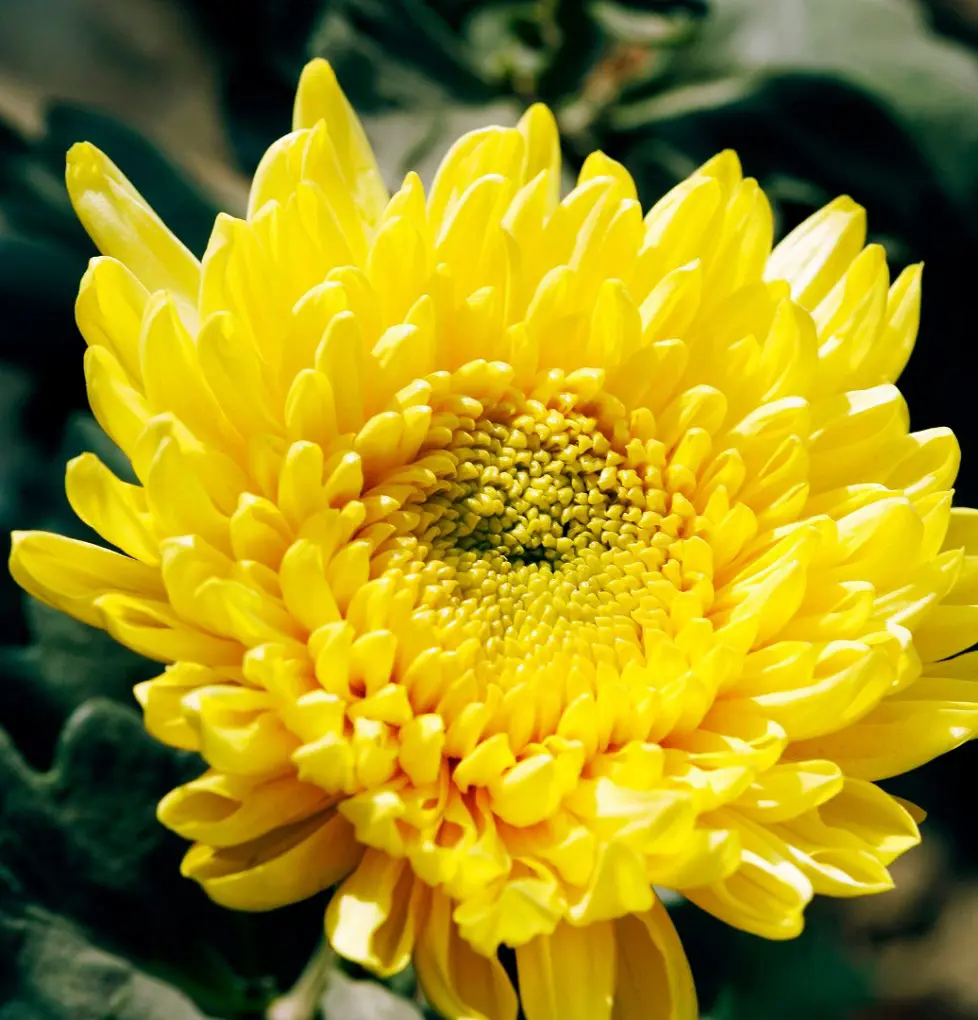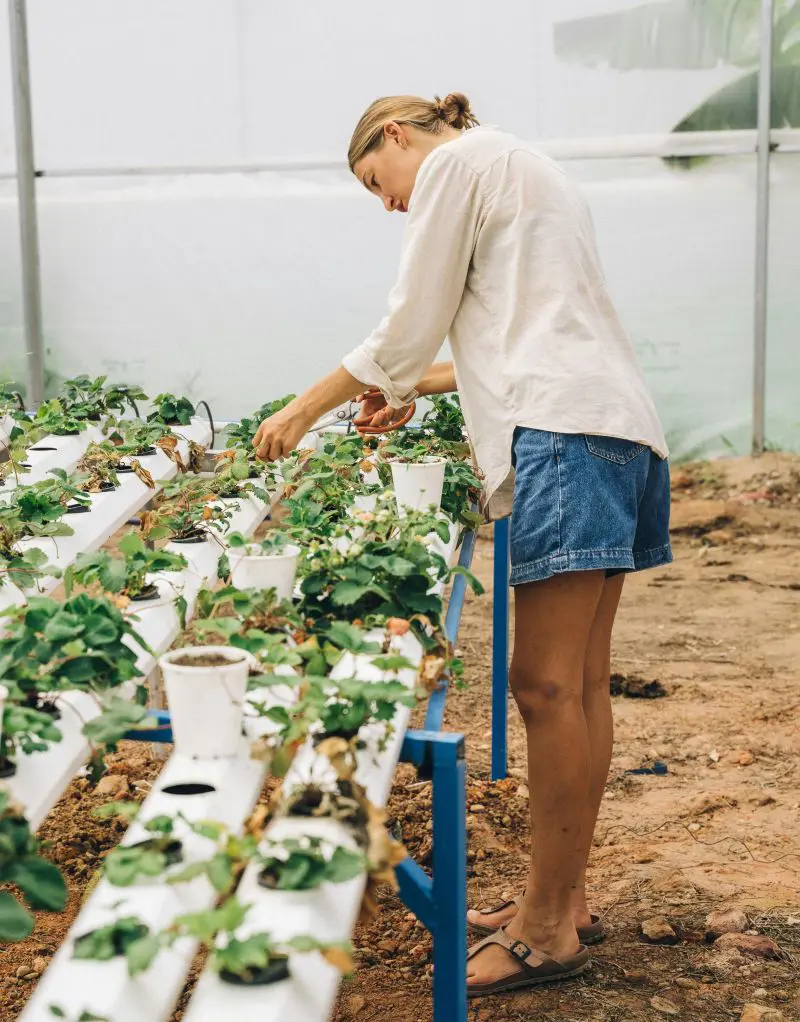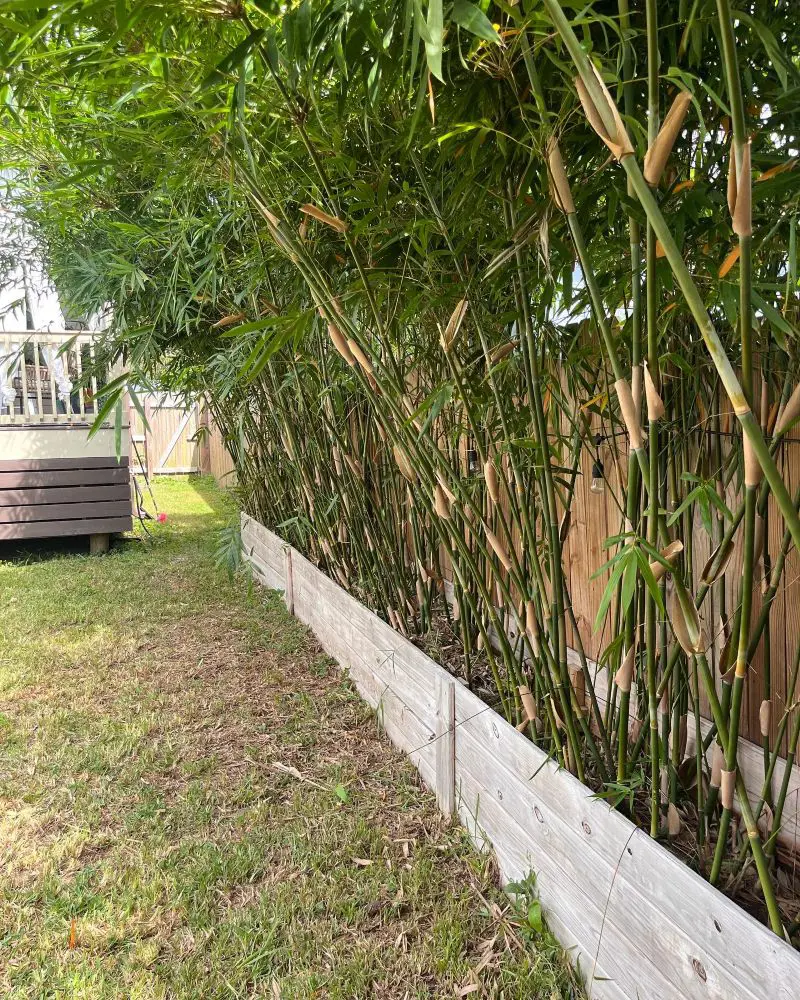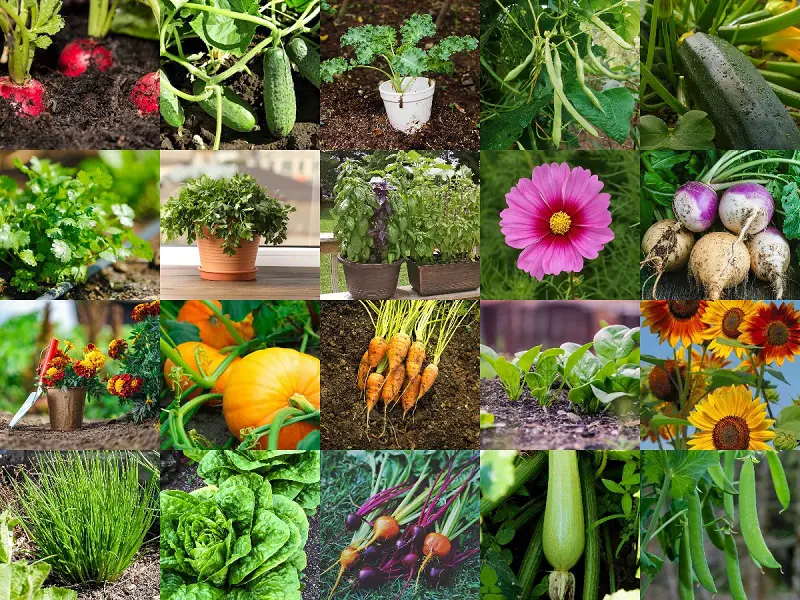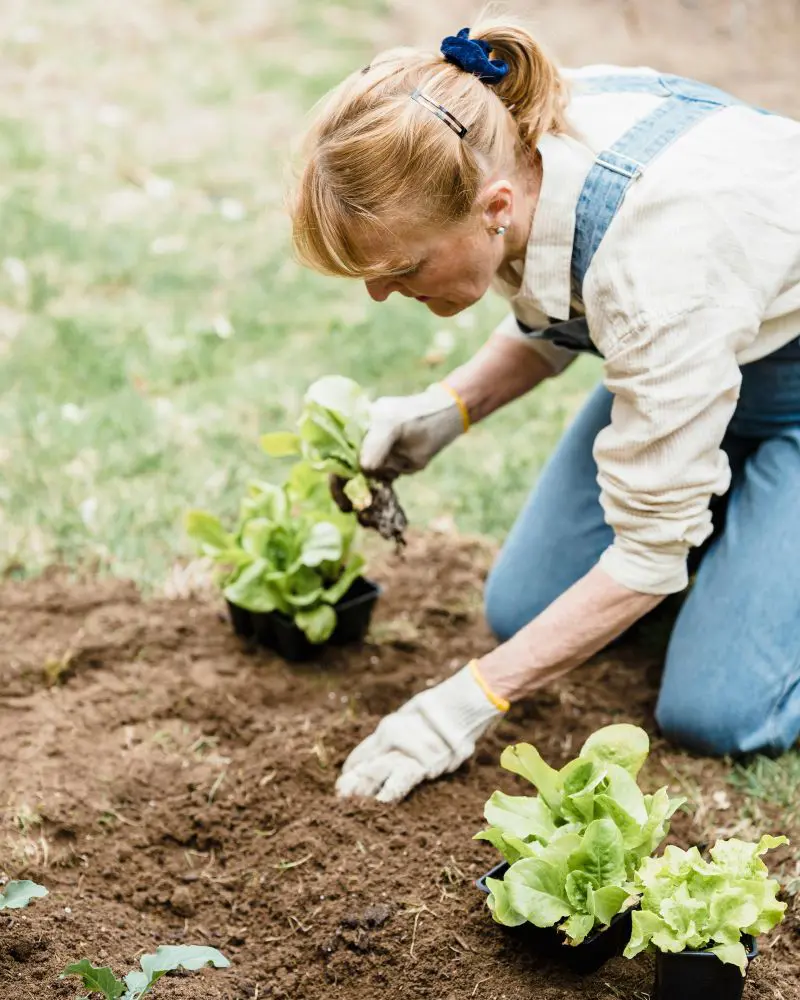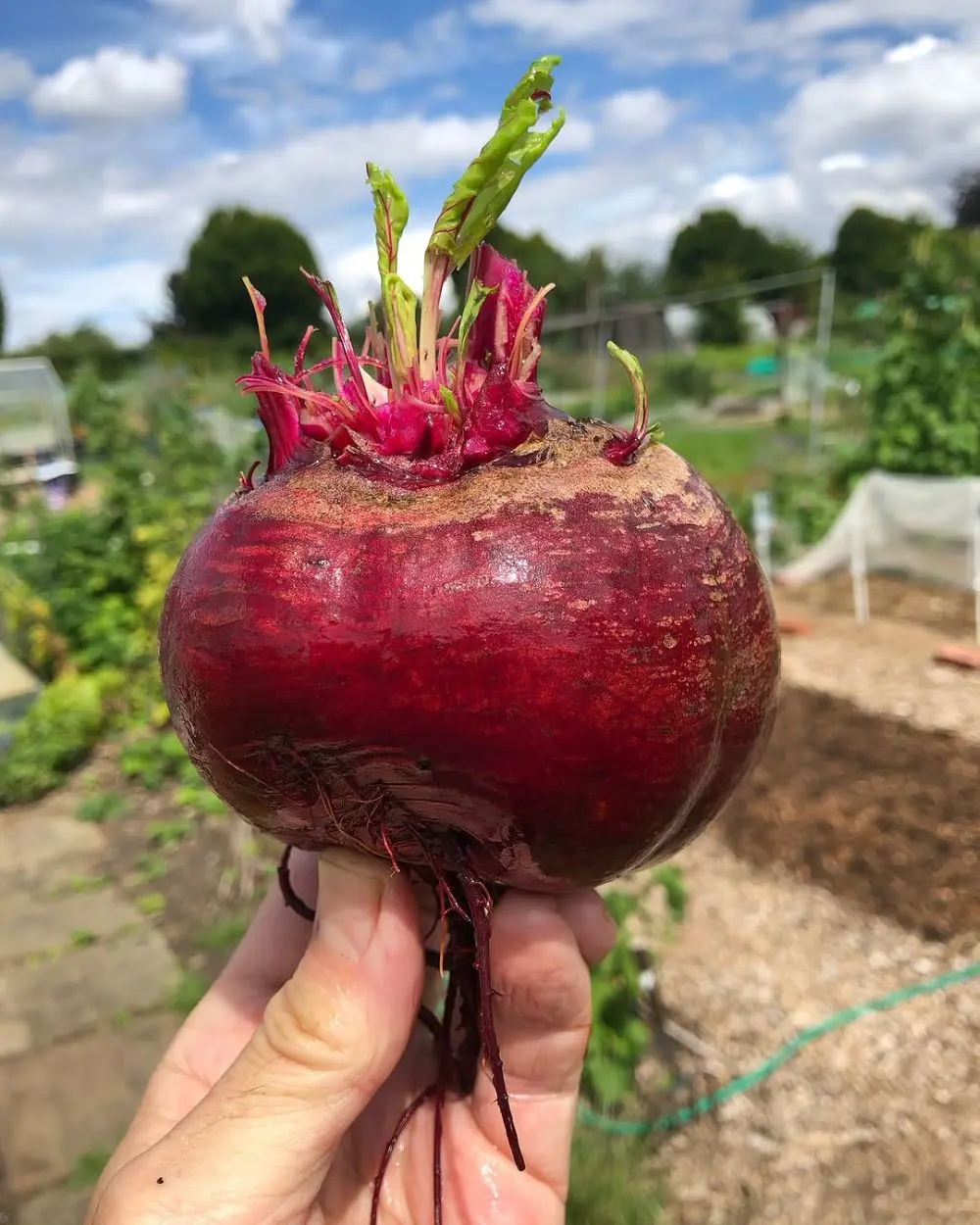1. Marigold Tagetes
Popular annuals, marigolds (Tagetes) are cherished for their vivid blooms that brighten the garden all summer long. These cheery flowers have layers of ruffled petals in gold, orange, and yellow, forming carnation-like crowns.
Their easy care and bright personality are the main reasons for their popularity.
Marigolds tolerate a broad range of climates and grow best in full sun and well-drained soil. Water them at the base of the plant and let the soil dry completely in between applications for best blooms.
